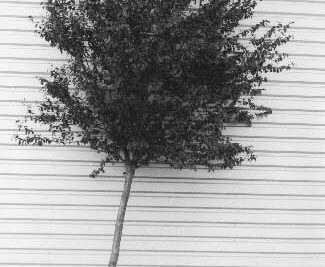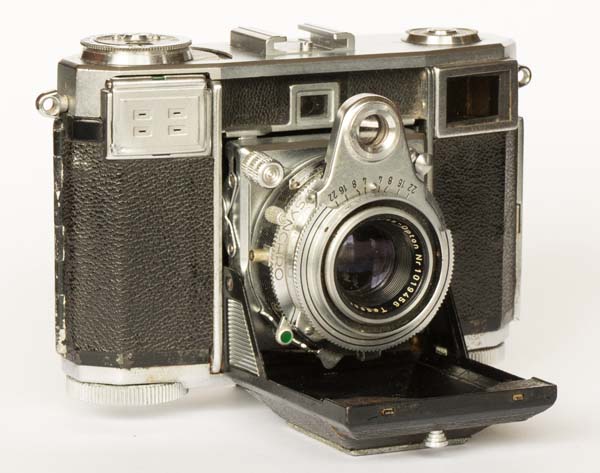
Contessa, 1950 – 1955
This is the top of Zeiss Ikon extensive range of folding cameras for 35mm film. The Contessa is like a miniature of a Super Ikonta. What is sophisticated about this model, besides the selenium lightmeter, is the coupled rangefinder that allows you to focus directly on the viewfinder of the camera. This is no small feat if we think that his contemporary Leica III did not offer this possibility, instead, the telemetry focus was made in one window and the composition of the scene in a second one.
The lens is a Tessar f / 2.8 with a 45mm focal. Probably the most successful lens concept in the history of analog photography. It is an excellent optics, however, as in many other Zeiss Ikon cameras, the focus is made by moving only the front element. The other two groups remain fixed. This choice is based on the fact that by moving only the front element, the focusing distance from 1 meter to infinity is about 1/3 of what would be moving the complete optical set.
This smart adaptation greatly facilitates the design so that everything can be fit in the small space left over when the camera is closed. As always in optics, you win on one side but lose on the other, the spherical aberration in the larger apertures results in an image quality below what a normal Tessar can yield. But it is nothing to scare the normal user in search of good photos with a practical, small and versatile camera.

Contessa is equipped with a shutter in the lens compartment. It is a sophisticated Synchro Compur with speeds B, 1s up to 1/500s and with M and X flash timing in all of them. Speed and aperture are adjusted directly on the front rings. It is very easy with the left thumb. To the right is the lever to cock the shutter and a larger one to fire.
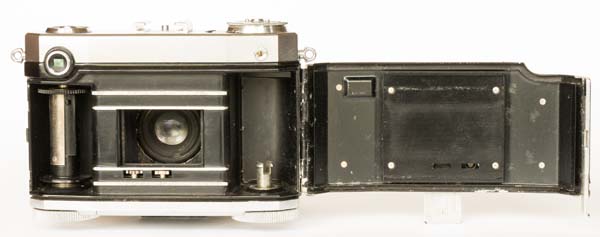
It is not possible to advance the film without shooting or to shoot without advancing the film. This is guaranteed by the racks that appear just below the frame in the photo above. The film advances by turning a button on the bottom of the camera. Marked with the A, advance, in the photo below. R is for rewind, that is, for rewinding the film after being exposed.
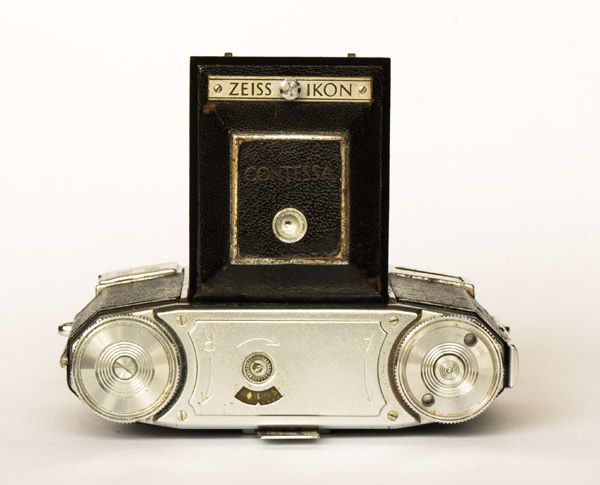
The frame counter also appears on the bottom of the camera and must be reset manually each time a new film is loaded.

This “tongue” on the camera’s rear door is very well thought out. It helps to keep it horizontal on a flat surface. Often, traveling or walking without a tripod, this device can be a good help to support the camera on any surface.
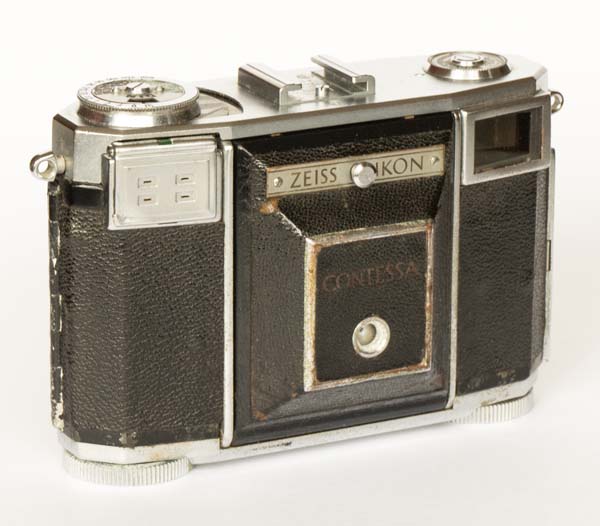
Closed it is really small and although it is a little heavy, it can be carried in a coat pocket. The finish of this specimen is showing oxidation on the outside. I don’t know what was the condition of storage and use of this camera with its former owners. But I have also read that in the years after the war, the availability of materials became complicated and for this reason it is common to find cameras with signals of this quality compromised by scarcity. Either way, it is fully functional except for the lightmeter that no longer responds.
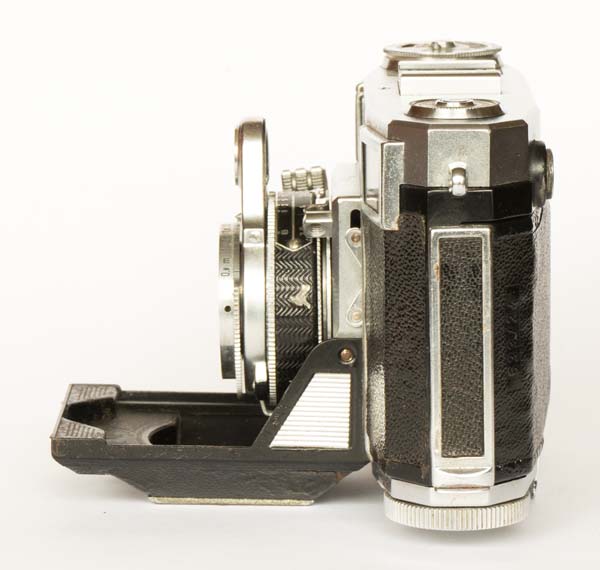
When opened, it more than doubles in size in length. That is when we realize how practical and intelligent bellows are for use in photography.
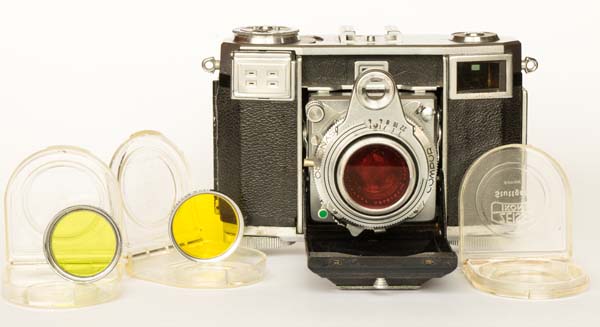
Zeiss Ikon filters are all exemplary care in packaging, design and materials. For black and white photography they are very useful. I don’t really like the drama that a red filter gives to a blue sky, but yellow produces a highlight in the clouds that seems more natural than a photo without a filter.
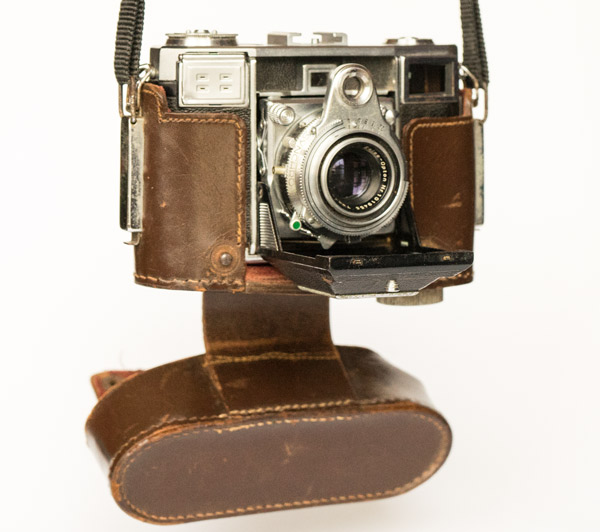
Like virtually all cameras at the time, Contessa came with an elegant leather case that could stay on the camera even during use. In practice, I find it more convenient to place the strap directly on the camera. When folded and hung around the neck, it doesn’t get in the way and is already well protected. It is a great option for travel photos and family/friends gatherings.
Some pictures made with this Contessa. The last one, in the garden of Versailles, is from 1998.


